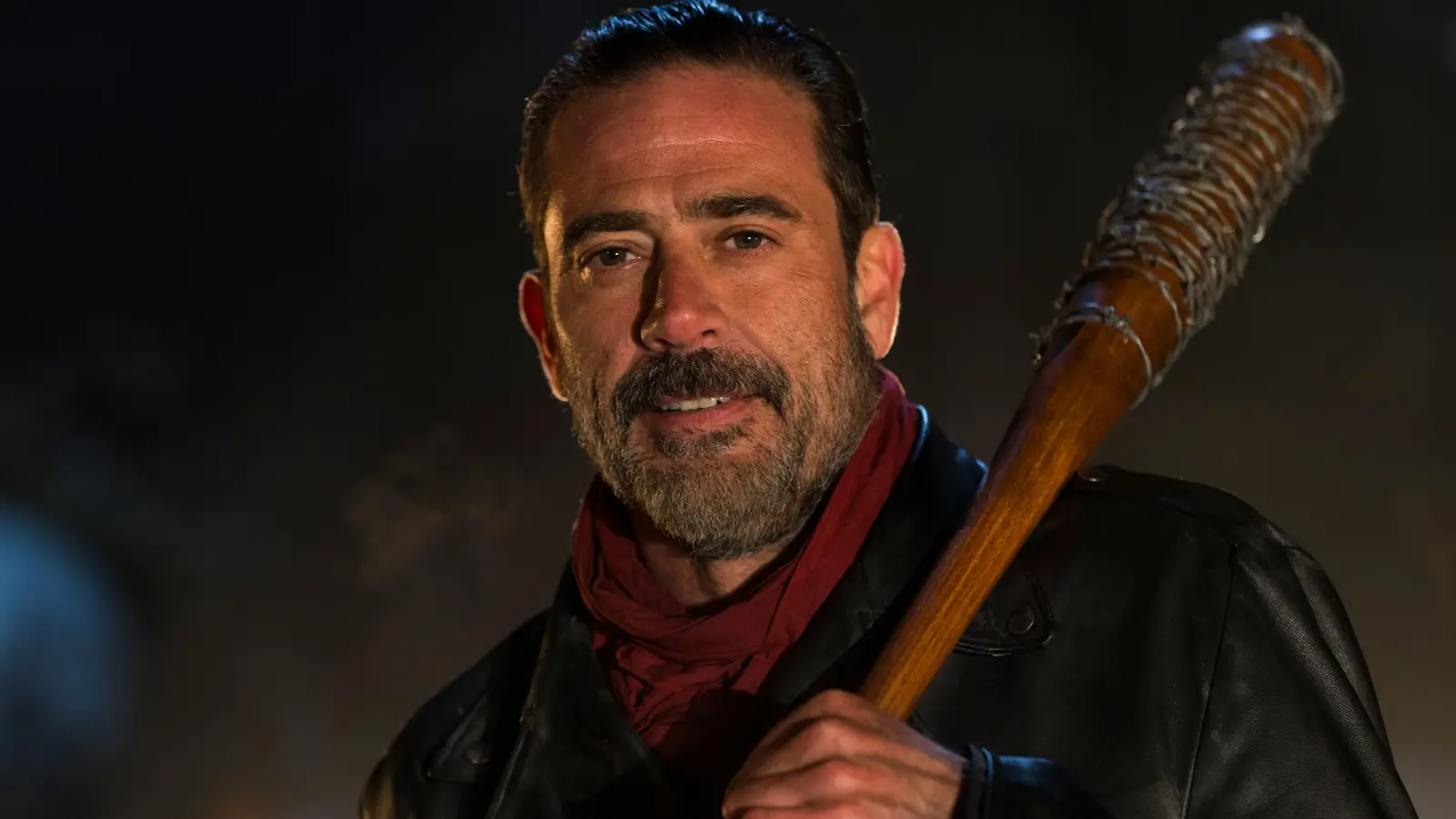
Horror on television is often played by familiar rules: monsters framed as threats to destroy, mysteries designed to resolve, or trauma repackaged as the core theme. Yet some series reimagined what horror could do for characters and for storytelling, creating some of the best horror shows that defied our expectations.
What emerged from these subverted tropes were series that redefined the genre, and many of these horror shows don’t even have a bad episode. They stripped the genre of its safety nets, pushing the genre—and television—forward. In doing so, they unsettled entire expectations of what horror television itself could attempt.
Penny Dreadful (2014–2016)
Monsters As Intersecting Tragedies
Penny Dreadful disrupted horror by treating monsters as intersecting tragedies. Instead of trotting out the all-too-familiar Dracula or Frankenstein origin stories, the show placed them inside an operatic gothic narrative where trauma, desire, and faith converged. That shift redefined how the classic Universal Monsters could feel on TV.
Vanessa Ives’ arc made demonic possession feel like a portrait of grief and spiritual fracture. Each monster embodied vulnerability as much as violence, turning literary figures into reflections of loneliness. By ending on its own terms, Penny Dreadful left horror television with a rare lesson—that a monster story can be both expansive and terminal, designed to haunt rather than comfort.
Hannibal (2013–2015)
Reimagined The Police Procedural
Bryan Fuller’s Hannibal adaptation of the movies took the tropes of procedural horror—killer of the week, FBI profiler—and reframed them through art-house aesthetics. Hannibal Lecter’s violence became as sensuous as it was terrifying, and it wasn’t just gore for shock. Rather, it was a meditation on taste and the horror of desire.
At its center was a relationship that defied its genre template. Instead of detective versus killer, Will Graham and Hannibal’s connection was built on mirroring one another through obsession and betrayal. It became the best queer horror TV show, treating it as operatic tension, resisting the urge to tie up loose ends neatly.
Ultimately, Hannibal proved broadcast TV could host stylized and erotic art without going there the way an HBO or Starz show would.
Lovecraft Country (2020)
Reclaimed Cosmic Horror
Lovecraft Country began with familiar cosmic horror trappings with tentacled monsters and cursed bloodlines, but it rerouted the genre toward a different terror. By reframing cosmic dread through the lens of Jim Crow America, the series revealed that the real horror wasn’t unknowable creatures, but a racist system that was both visible and unavoidable. The juxtaposition was deliberate.
The series subverted its source material by making Black characters the center of the mythos rather than its casualties. Its protagonists weren’t passive victims of some greater evil; they actively confronted it, whether in the form of cult lodges or police batons.
Even its pulp adventure structure was sly; horror tropes shifted into family drama, time travel, and surreal fantasy, as if daring the genre to contain multitudes. Generally, it’s considered the best modern Lovecraftian horror series, and rightly so.
Yellowjackets (2021–Present)
Expanded Survival Horror
Yellowjackets reshaped survival horror by refusing to let its characters’ trauma stay in the past. The plane crash is only half the story; the other half unfolds decades later, showing how the violence of youth festers into adulthood. Where the genre often flattens its female characters into victims or villains, Yellowjackets lets them be both.
By weaving the Yellowjackets timelines together, the show denied viewers the comfort of forward progression. Instead, it suggested that trauma mutates, infecting every aspect of someone’s life years later. That structural choice transformed what could have been a sensationalist wilderness tale into a generational study of grief and power.
The X-Files (1993–2002, 2016–2018)
Blended Episodic And Serial Horror
The X-Files resisted the binary choice between procedural and serialized storytelling. Each week, the show could swing from a self-contained monster story to a sprawling mythology arc, a blend that redefined how horror could survive on network TV.
This hybrid design made paranoia itself the real villain. The best X-Files monsters were often terrifying, but the greater fear came from withheld secrets and conspiracies, and institutions willing to bury it all.
At the time, The X-Files reversed archetypes—Mulder the believer, Scully the skeptic—and the show unsettled the gendered assumptions of who carries rationality and who carries faith. It’s refusal to resolve mysteries left audiences in a state of perpetual uncertainty, proving that horror could thrive not on revelation, but on doubt.
Twin Peaks (1990–1991, 2017)
Reframed The Murder Mystery
Twin Peaks disguised itself as a murder mystery before absolutely tearing the structure apart. The killing of Laura Palmer seemed to promise a solution, but the show’s real subject was the rot inside small-town America and the surreal forces that fed on it.
It truly beats out many of David Lynch’s best movies ever. Rather than guiding viewers toward closure, Lynch and Mark Frost leaned into dream logic and the uncanny valley, crafting narrative detours that left answers forever out of reach.
When network pressure forced the revelation of Laura’s killer, Lynch himself argued that the show lost its spine. Yet that rupture became instructive: horror doesn’t need some clean resolution or happy ending; it just needs to disturb. And Twin Peaks shifted the genre from “who killed the girl” to “why does evil take root,” a thematic leap that countless shows now echo.
American Horror Story (2011–Present)
Reinvented The Anthology Format
American Horror Story revived the anthology horror show for modern TV, but not as a quick nostalgia grab. Every AHS season reinvented itself with new settings, new villains, and even new rules, while keeping its ensemble intact. That fluidity defied the idea that horror needed consistency to retain an audience. Instead, the show thrived on unpredictability.
One of the best things about AHS is how it embraces excess… of everything. American Horror Story chooses melodrama, camp, and taboo-breaking indulgence to offer a maximalist, often absurd, product. By giving viewers something different every year, it shattered the expectation that a horror series must be bound by continuity.
The Walking Dead (2010–2022)
Redefined Zombie Horror
The Walking Dead turned zombie horror into a long-form morality play told across an entire saga. Its early seasons made the undead terrifying, sure, but the real innovation was in shifting focus to human communities.
At this point, most zombie movie plots are obvious; they either walk slow or they run. They eat humans. The living, however, not so much. Ethics collapsed, and survival demanded choices that were often worse than death.
By stretching the apocalypse over years, The Walking Dead dismantled the idea that zombie stories end in a cathartic resolution. There was no cure, and no final battle to win; just the endless cycles of hope and collapse. In making humanity the scariest part of a zombie story, the show reframed the genre for television permanence.
The Twilight Zone (1959–1964)
Elevated Horror Into Allegory
The Twilight Zone wasn’t the first anthology, but it was the one that proved horror and sci-fi could deliver moral clarity under the guise of fear. Rod Serling smuggled critiques of racism, conformity, and Cold War paranoia past censors by wrapping them in speculative tales at a time where, seriously, that was taboo.
Its genius was in using brevity as its primary weapon, where the most genius Twilight Zone episodes cut directly to the allegory, leaving little room for comfort or distraction. By doing so, it established a model for horror television as social commentary, creating the blueprint that countless later shows would follow; even Twilight Zone remakes.
Buffy the Vampire Slayer (1997–2003)
Turned Monsters Into Metaphors
Buffy the Vampire Slayer transformed monsters into metaphors, making the supernatural an allegory for adolescence itself. High school was hell, literally and figuratively, where vampires, demons, and apocalypses became extensions of real teenage anxieties. The best Buffy episodes explored the fear of intimacy, the terror of growing up.
Buffy wasn’t static and neither were her friends or foes. By blending serialized arcs with monster-of-the-week variety, the show proved that a genre show could stay rooted in character, evolving the cast as the show progressed, while still delivering the gory goods we expect from the horror genre.
The coming-of-age metaphors only elevated Buffy further, showcasing how horror serves as a mirror reflecting what we often don’t want to see. Buffy the Vampire Slayer redefined how horror could speak to universal coming-of-age struggles.



